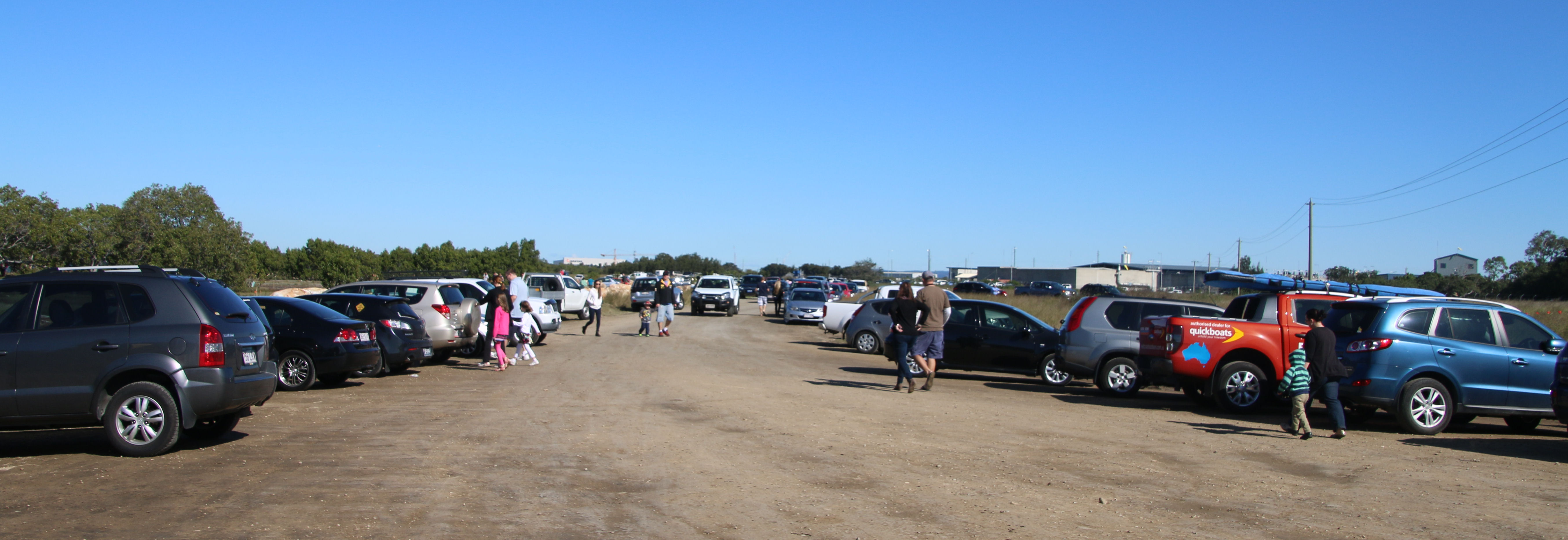|
|
||
|
||
|
Privacy Policy | Editorial Policy | Profit Policy | Join the Association | List of Members | Contact us | Index | Links |
||
|
Back Go to page: 1 2 3 4 5 6 7 8 9 10 11 12 13 14 15 16 17 18 19 20 Forward
|
||
|
Allan George’s Gems.
|
||
|
|
||
|
The F-35.
A lot has been written about the F-35A Lightning II, the aircraft the RAAF has chosen for Australia’s future air combat and strike needs. The RAAF has 75 on order (with an option on another 25) and these aircraft will be based at three operational squadrons, two at Williamtown, (including a training squadron at Williamtown) and one at Tindal. If the option is taken up, those additional 25 will probably go to Amberley.
|
||
|
|
||
|
What I find interesting, and perhaps even amusing, is the way the Press love to rubbish the aircraft and seem to be constantly looking for something (anything) negative to report on it. Reuters, for instance, had this blaring headline “Pentagon’s big budget F-35 fighter ‘can’t turn, can’t climb, can’t run”.
Another “We know stuff” magazine recently reported during mock dogfights over the Pacific Ocean in January this year, that a U.S. Air Force F-35 stealth fighter struggled to get a clean gun or missile shot at a 1980s-vintage F-16D. It went on, “the F-16 easily manoeuvred behind the bulky F-35, even sneaking up on the radar-evading jet when its test pilot found his rearward view blocked by the plane’s poorly-designed canopy” (Why would you want to physically look out the back of the aircraft when you've got all that amazing black box stuff???). The obvious conclusion , say those “We know stuff magazines" — America’s brand-new stealth fighter, which is on track to replace almost all of the Pentagon’s current fighters, is dead meat in a close air battle.
It probably can’t tow a trailer of fire-wood either – but is that what it was designed to do??
The latest evaluation flight test focused on the overall effectiveness of the aircraft in performing various specified manoeuvres in a dynamic environment. This consisted of traditional Basic Fighter manoeuvres in offensive, defensive and neutral set-ups at altitudes ranging from 10,000 to 30,000 feet up against an “aging” F-16. The flight test pilot reported that the F-35 was “significantly less manoeuvrable” than the opposing F-16 aircraft and that the F-35 was at a “distinct energy disadvantage,” especially when it came to a duel involving cannons.
|
||
|
|
||
|
Now armchair critics of the F-35 are using this report as “evidence” that the Joint Strike Fighter (JSF) is inferior to those it is intended to replace and that the trillion dollar program is a failure and that really all those people in the US Military as well as people from Air Forces in the United Kingdom, Italy, the Netherlands, Canada, Turkey, Australia, Norway and Denmark, who have all ordered the aircraft, must be stupid because the F-35 is a complete dud and everyone was suckered in by those snake oil sales people at Lockheed.
But hang on – if you can win the fight from 20 miles away, why get into a dog fight??
One single test is not enough to draw conclusions about the F-35’s ability to dogfight anyway, if that’s what you want. Yes, pilots will make mistakes and there is a chance of surprise close encounters with hostile aircraft but even if it turns out that the JSF is inferior to some other aircraft in close air battles, the evidence of the past 25 years of air-to-air combat suggests that this will be a rare occurrence.
The use of guns in air combat has declined from a high of more than 60 percent of all engagements in the 1960s to around 5 percent for the last 25 years and statistics show that about 90 percent of air losses since 1990 have been inflicted by missiles. So who needs an aircraft that can "dog-fight??"
It would be nice if the F-35 was good at everything, but that’s not realistic. So instead of dwelling on the slight chance the JSF would ever even get caught in such a close encounter, what you should consider is this.
The existing fleets of fourth-generation fighters (our F-18’s) are rapidly becoming obsolete and will be inferior to the F-35 in pretty much all future engagements. And should the F-35 ever find itself in one of these air battles, maybe it wouldn’t dominate in the dog-fight domain but victory in future air-to-air combat will go to the side that can see first and shoot first.
This was demonstrated quite clearly in the Falklands when the slow old Harrier, so often rubbished for its poor performance, took on and defeated many modern aircraft thanks to its advance weapon technology and highly trained pilots. The critics of the F35 focus on its allegedly "inferior" performance, but as has been proven many times before, it's the weapons and sensors that tip the balance, not the airframe. The old Harrier, despite its limited airframe was an outstanding weapon during the 90's, due to its excellent radar/missile combination.
|
||
|
|
||
|
Make no mistake, the F-35A will provide Australia with a fifth generation aircraft at the forefront of air combat technology. Its low profile design, internal weapons and fuel carriage, advanced radar and heaps of other electronic whizzbangery will make it an aircraft to be reckoned with.
|
||
|
F35 Tailor Made Helmets .
Marking a milestone for the joint strike fighter program, Rockwell Collins recently delivered the first Generation 3 helmet for the F-35. The Generation 3 Helmet-Mounted Display System (HMDS), which was handed over to the Joint Program Office in a ceremony at the company's headquarters in Cedar Rapids, Iowa, is crucial to the F-35's advanced suite of technologies. It provides a 360-degree digital view of what's going on around the aircraft, essentially letting the pilot "look through" the cockpit floor and walls. All the information pilots need to complete their missions is projected on the helmet's visor.
Developed and built by the Rockwell Collins ESA Vision Systems joint
venture, the new helmet includes an improved night vision camera,
improved liquid-crystal displays and
News of the delivery marks a victory for the futuristic helmet program, which has faced challenges over the years. After a series of technical failures on the original system, the Pentagon requested that BAE Systems develop a back-up, lower-tech helmet, in case the kinks could never be worked out with the primary system. The helmet, like the aircraft itself, is also enormously expensive. The cost of each helmet, which is custom-made to fit the individual pilot, is more than $400,000.
Rockwell Collins ESA Vision Systems also developed the Generation 2 helmet F-35 pilots currently use. The Marine Corps recently used the Gen 2 helmet to declare initial operational capability for the F-35B variant at the end of July.
|
||
|
|
||
|
|
||
|
12 of the Biggest PC Myths that just won’t Die.
Computers are like anything else. Myths and urban legends have built up over time, passed from person to person. Some myths once had a grain of truth, but most are no longer true thanks to technological progress.
A few myths are simple misunderstandings, while others exist to help people make money from you.
1. Hackers are trying to hack your PC.
Yes, it’s a dangerous Internet full of malware and social engineering
schemes out there, but the Hollywood fantasy of a “hacker” actively
trying to compromise your PC just isn’t
Unless you’re a high-value target, at a big business or government agency, there are no hackers out there attempting targeted hacks on your computer. Attackers take the shotgun approach.
2. There are “Clean” Windows Freeware Download Websites.
The Windows freeware download scene is bad and getting worse. Remember
when
3. You have to turn your Computer off at night.
Shutting down your computer isn’t something you should regularly have to
do, assuming you’re using a computer made at any point in the last
decade. No, you don’t want your computer running at full-tilt all night
but putting it to sleep makes it use almost no power and
Computers can be set to automatically hibernate after a while and they’ll use virtually no power in this mode, but all your open applications and work will be ready when you sit down at your computer again. Going through a full shutdown every night and restart the next day isn’t necessary at all and just wastes your time. You might want to reboot occasionally, but you don’t need to shut down every day.
4. Automatic Updates will always break your PC.
Automatic updates aren’t as scary as they seem. Some people go out of
their way to disable Windows updates and even browser updates because
they’re worried about things “breaking.” Yes, sometimes Windows updates
do break things but, overall, automatic
If you don’t trust a company to responsibly install automatic updates, you probably shouldn’t be running their software in the first place. On Windows 8 and 10, automatic updates no longer force reboots of your PC and are generally less obnoxious. You can also prevent Windows 7 from automatically rebooting to install automatic updates with a quick registry hack.
If you know your way around the Registry and you want to do that, see Sam’s story in this Volume HERE.
5. Internet Explorer is Slow, Vulnerable, Non-Standard, and Bad.
Among geeks supposedly "in the know", Microsoft's Internet Explorer is a joke. It does have a bad name which is why in Windows 10, Microsoft is replacing its Internet Explorer with a new browser named Edge. But! recent versions of Internet Explorer are actually pretty good. Internet Explorer 9 improved things dramatically and IE 10 and 11 are even better. Modern versions of Internet Explorer support a lot of the modern HTML standards found in other browsers and they have speedy JavaScript engines. Internet Explorer also has a “protected mode” sandbox and a multi-process design, two important features Mozilla Firefox still doesn’t offer. Some tests have even found that Internet Explorer is easier on a Windows laptop’s battery than Chrome, Firefox, and Opera.
We’re not saying you necessarily need to use Internet Explorer but it isn’t the laughing stock it used to be.
6. In-Use Memory is Bad.
Modern operating systems try to use as much of your computer’s RAM as
possible. This is true for everything from Windows, Linux, and Mac OS X
to Android and Apple’s iOS. Modern web browsers also use quite a bit of
memory. This is a good thing! When data
You certainly don’t want to use a “memory optimizer” or “RAM booster” on Windows, or a “task killer” on Android. These applications purge cached data your RAM, making it look more empty but slowing down your computer.
7. Manual Defragmentation and Expensive Defragmentation Utilities help.
Here’s what you need to know about defragmenting a modern computer -
Don’t worry about it. Windows contains a built-in defragmentation
utility that it automatically runs on a
Third-party defragmentation utilities just aren’t worth paying for.
8. Codecs are required to watch videos online.
There was a time when you needed codecs to watch videos online. RealPlayer, QuickTime, Windows Media Player, and DivX were all often
necessary. Sometimes Java was used for
If you do click a link on social media or another website and are asked to install codecs, don’t, it’s a trick to get you to install junk you don’t want on your computer. If you’re told you need to download codecs to watch a downloaded file, don’t do that either, just get VLC, possibly the best video player available today, and it’s free. Be sure you get VLC from the official site at videolan.org, not other websites that bundle it with garbage.
9. Viruses and Malware are why Your Computer is Broken.
Is your computer not performing well? “It must have a virus,” some people think but this isn’t really true. In fact, modern malware is so profit-driven that you might not even notice a performance change if you have a keylogger running in the background. Sure, it’s possible that your computer is infected by malware and is using its resources on behalf of a botnet, mining BitCoin and participating in DDoS attacks against legitimate websites but viruses aren’t usually what slows down a computer. Perhaps you have too many programs running at startup or your browser is loaded down with unnecessary add-ons, or there may be an actual hardware problem, it’s not just a mysterious “virus” that makes your computer slow and sick.
10. Your Antivirus will always Protect You.
Most people understand that antivirus software isn’t perfect, nothing
can function perfectly 100 percent of the time, but many people seem to
think that antivirus software is pretty
Worse yet, most antivirus software doesn’t even protect you against obnoxious software you don’t want. Antivirus software allows obnoxious adware and spyware that inserts itself into your web browser, forcing you to use worse search engines and pushing additional advertisements onto you. And to make things worse, some free antivirus programs usually bundle this junkware. This doesn’t mean the sky is falling, and it doesn’t mean you should abandon antivirus completely but antivirus should be your last line of defence behind other security precautions.
11. Clearing your Cache will Speed-up your PC.
Some applications store cache files, which are offline copies of files
they’ve already downloaded. They hold onto these files in case they need
them again, so they can be
12. PC Cleaners, Registry Cleaners, Driver Updaters and paid Uninstallers are Helpful.
All those Windows system tools you see advertised around the web just
aren’t necessary. PC cleaners are usually scammy, promising to
dramatically improve your computer and finding all sorts of “issues”
with your PC if you run them in free mode. PC cleaners might be able to
delete some temporary files and free up space, but you can just do that
with CCleaner or Windows Disk Cleanup. Registry cleaners are similarly
useless. Your registry just doesn’t need to be cleaned, those extra
entries in the registry are tiny and won’t slow down your PC.
Never Download a Driver-Updating Utility, like PC-cleaning programs, they try to charge you money for a service you don’t need. You don’t always need the latest versions of drivers, except for graphics drivers, but graphics drivers usually have their own built-in updaters and you’ll regularly get driver updates via Windows Update, anyway.
Paid uninstallers won’t help you uninstall programs much more cleanly, either. A third-party uninstaller might help you delete a few extra tiny files or registry entries when you uninstall an application, but that has no effect at all on your computer’s performance. You may rarely need an uninstaller to clean up a program that refuses to uninstall properly, but that’s different.
These are all just types of fiddly system tools that exist only to take your money. Take all the money you’d put toward these utilities and buy an SSD or another real hardware upgrade for your computer, you’ll get an actual performance boost. Sure, you can find free versions of many of these tools, but they’ll just waste your time, with the exception of a tool that helps delete temporary files to free up space. But that’s all you might need, not even a full “PC cleaner.”
*****
Of course, there are more PC myths out there. It’s not just about PCs either, everything technology-related, from smart-phones to other types of hardware have their own myths. We may not be throwing salt over our shoulders, but most of us probably believe at least a few myths that just aren’t accurate.
|
||
|
Did you hear about the Buddhist who refused Novocain during a root canal? His goal: Transcend dental medication.
|
||
|
Text/Chat and drive - bigger bloody idiot!!!
Everyone knows that texting or talking on a mobile phone while driving is nothing but plain bloody stupid, yet everyday you see heaps of people doing it. - WHY??
Have a look at the video below, if that doesn't stop you, you're bone dead already!!!
|
||
|
|
||
|
Wind turbines.
Wind turbines seem to have popped up everywhere yet the debate still
rages whether they are a clean and efficient source of electrical power
or an expensive useless eyesore cluttering up the landscape. The NSW
Government has released
a report which shows that
The trend in the debate these days is starting to lean towards the eyesore group. The anti-windfarm lobby is gearing up their anti-health, anti-efficient and safely campaign to combat the green and clean campaigns of the pro-windfarm group and with the withdrawal of Federal subsidies, we can see the number of new windfarms diminishing. The pro-lobby has for ages said their generators are as cost-efficient as coal or gas fired stations – without those subsidies, we shall see.
No matter on which side of the fence you sit, you have to admit those huge turbines are a mechanical marvel. Building and commissioning one is not a job for “sissies” and those without a head for heights need not apply.
Click the video below to see how it's done.
And you can click the pic below to see their evolution and a description on how they operate.
|
||
|
|
||
|
|
||
|
USS George Washington.
On Friday the 19th June, the nuclear powered, 88,000 metric tonne, USA aircraft carrier, USS George Washington, arrived in Brisbane for a 5 day stay. The Washington, which is 333 metres from front to back, carries a crew of 5,500 persons and has a top speed of 56 klms per hour. She is driven from 2 nuclear reactors which power 4 steam turbines, each one driving a propeller shaft. If she had the food and a crew who were willing to switch off for a while, she could stay at sea for 20-25 years without refuelling.
She was here for Exercise Talisman Saber which took place in the Coral Sea. This exercise included 21 surface ships, 3 submarines and more than 200 aircraft.
While in Brisbane, the Washington tied up on the southern side of the river, down near the mouth and unfortunately was not open for public inspection. People wishing to get a look at the ship were forced to drive down to Cabbage Point, on the northern side of the river, park their cars then walk a mile or so along (in some areas) muddy roads to get opposite her. And they turned out in their thousands, at 11.00am on the Sunday morning, the line of cars stretched as far as you could see.
|
||
|
|
||
|
|
||
|
USS George Washington facts:
|
||
|
|
||
|
|
||
|
|
||
|
|
||
|
|
||
|
Velly Intelesting – but stupid!!!!
|
||
|
|
||
|
|
||
|
|
||
|
Back Go to page: 1 2 3 4 5 6 7 8 9 10 11 12 13 14 15 16 17 18 19 20 Forward |
||
|
|


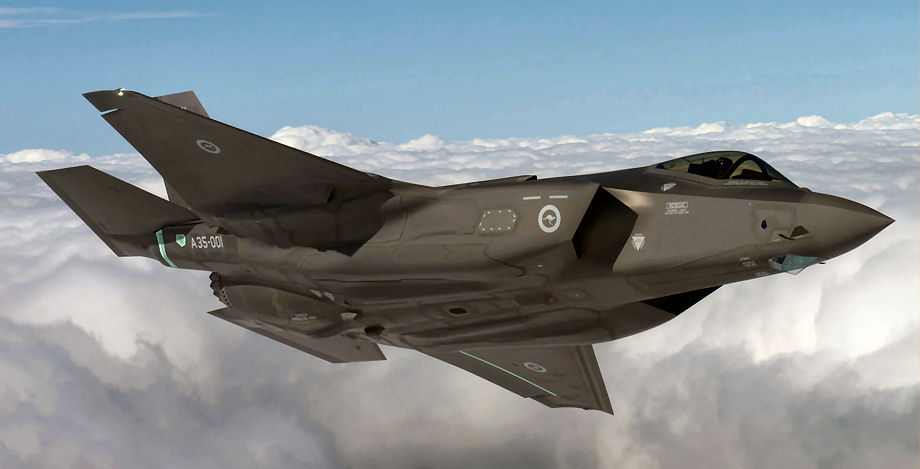
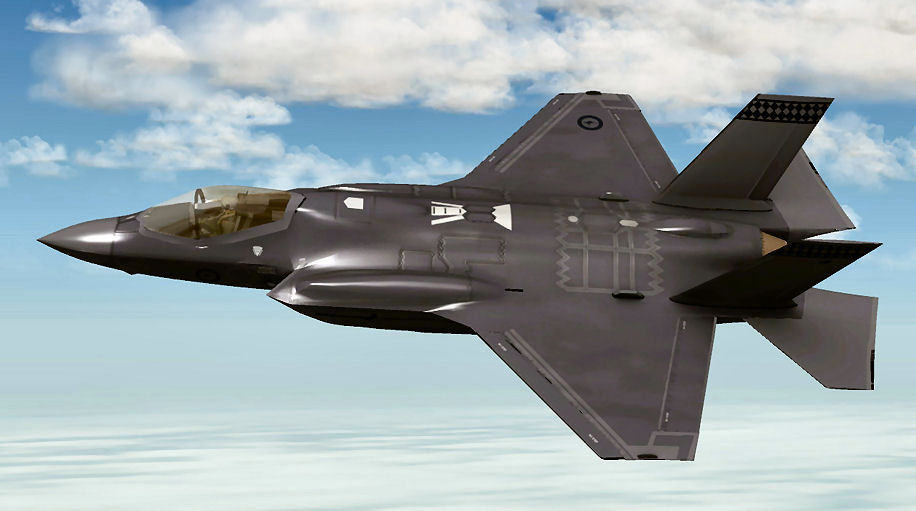

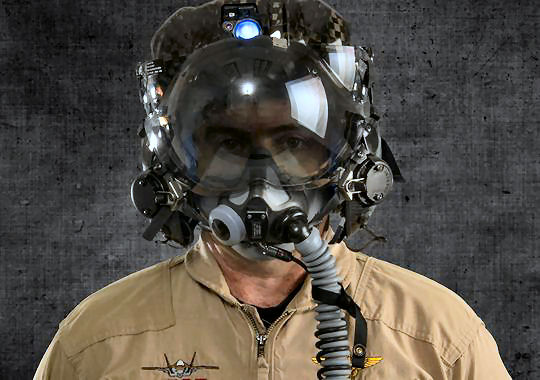 automated alignment and software upgrades, according to a company
statement. The Gen 3 helmet will be introduced to the fleet in 2016.
automated alignment and software upgrades, according to a company
statement. The Gen 3 helmet will be introduced to the fleet in 2016.
 accurate at all. Attacks are automated. Your computer could get malware
that attempts to log your keystrokes and steal your personal information
and you probably will get the occasional phishing email trying to get
your credit card number or your bank details. But
there’s no “hacker” out there typing at a terminal screen, probing for
holes in your PC. If something is probing for holes in your PC, it’s
probably a botnet probing for open security holes on all unpatched
computers.
accurate at all. Attacks are automated. Your computer could get malware
that attempts to log your keystrokes and steal your personal information
and you probably will get the occasional phishing email trying to get
your credit card number or your bank details. But
there’s no “hacker” out there typing at a terminal screen, probing for
holes in your PC. If something is probing for holes in your PC, it’s
probably a botnet probing for open security holes on all unpatched
computers. uTorrent was a great program well-respected by geeks? Well, they’ve
bundled software that maxes out your PC’s CPU to
uTorrent was a great program well-respected by geeks? Well, they’ve
bundled software that maxes out your PC’s CPU to
 it’ll be ready to go immediately when you turn it on. On a typical
laptop, just closing the lid should put it to sleep. Even powerful desktop
PCs can use low-power sleep and hibernate modes.
it’ll be ready to go immediately when you turn it on. On a typical
laptop, just closing the lid should put it to sleep. Even powerful desktop
PCs can use low-power sleep and hibernate modes. updates are good. They close security holes and keep your computer
working properly. Breakages are rare. Security holes are a bigger
concern, it’s usually best to just enable automatic updates for your
operating system, web browser, plug-ins, and other software and have
them stay up-to-date automatically.
updates are good. They close security holes and keep your computer
working properly. Breakages are rare. Security holes are a bigger
concern, it’s usually best to just enable automatic updates for your
operating system, web browser, plug-ins, and other software and have
them stay up-to-date automatically.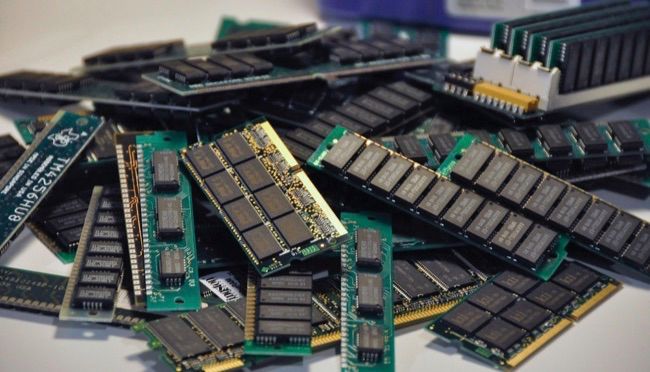 is
in RAM, your computer can access it more quickly. It makes sense to
leave applications, data, temporary files, and everything else in RAM
where it can speed up access times in the future. Crucially, empty RAM
is entirely useless. If your computer does need more RAM for something,
it can instantly purge some of that cached data from your RAM to free up
space. If you look at your resource usage and see high RAM usage, that’s
probably a good thing, as long as your computer or device is performing
well. And as they saying goes, "Bigger is better" - the more you have -
the better off you are.
is
in RAM, your computer can access it more quickly. It makes sense to
leave applications, data, temporary files, and everything else in RAM
where it can speed up access times in the future. Crucially, empty RAM
is entirely useless. If your computer does need more RAM for something,
it can instantly purge some of that cached data from your RAM to free up
space. If you look at your resource usage and see high RAM usage, that’s
probably a good thing, as long as your computer or device is performing
well. And as they saying goes, "Bigger is better" - the more you have -
the better off you are.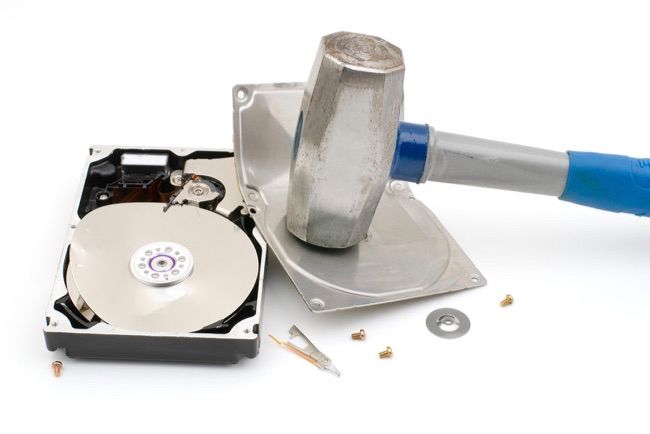 schedule. You shouldn’t need to open it and run it — it’ll all happen
automatically. Maybe, if you install a very large PC game and need
maximum performance, you might want to run a manual defragmentation
right after the installation but that’s a rare occurrence and you don’t
need to run manual defragmentation processes regularly. For example,
Steam has a feature that will defragment a single PC game’s files only,
you could just use that.
schedule. You shouldn’t need to open it and run it — it’ll all happen
automatically. Maybe, if you install a very large PC game and need
maximum performance, you might want to run a manual defragmentation
right after the installation but that’s a rare occurrence and you don’t
need to run manual defragmentation processes regularly. For example,
Steam has a feature that will defragment a single PC game’s files only,
you could just use that. videos and later came Microsoft’s Silverlight. Nowadays, most videos
should play with either the HTML5 video feature in your browser or the
Adobe Flash plug-in. A few websites may still be using Microsoft
Silverlight but you don’t need to install codecs to watch videos on the
web.
videos and later came Microsoft’s Silverlight. Nowadays, most videos
should play with either the HTML5 video feature in your browser or the
Adobe Flash plug-in. A few websites may still be using Microsoft
Silverlight but you don’t need to install codecs to watch videos on the
web.  effective. The truth is scarier. Antivirus software is a helpful last
line of defence but it’s nothing you should rely on completely. Even
Symantec, makers of Norton Antivirus, have said that antivirus software
fails to stop most cyberattacks.
effective. The truth is scarier. Antivirus software is a helpful last
line of defence but it’s nothing you should rely on completely. Even
Symantec, makers of Norton Antivirus, have said that antivirus software
fails to stop most cyberattacks. accessed from your hard drive instead of re-downloaded. This saves time
and bandwidth. Your web browser has its own cache full of bits of
downloaded web pages, scripts, images, and more. Tools like
accessed from your hard drive instead of re-downloaded. This saves time
and bandwidth. Your web browser has its own cache full of bits of
downloaded web pages, scripts, images, and more. Tools like
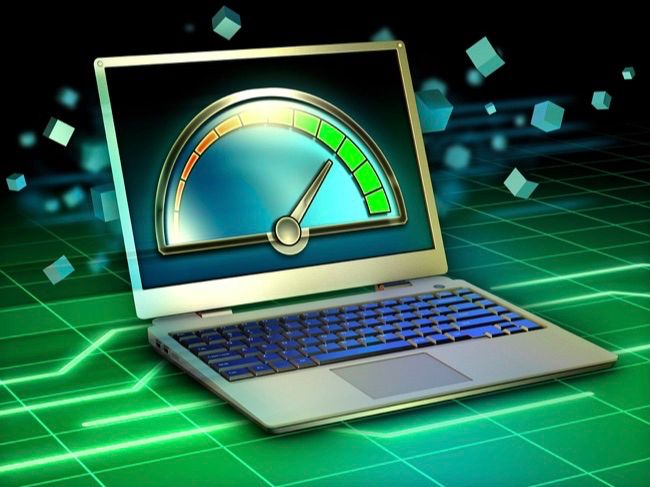
 they are 35% efficient, that is, in every hundred days they produce
energy on average for 35 days. A coal fired power station is about 85%
efficient, that is, in any hundred days they generate power for 85 of
those days. In Australia the average wind turbine can generate from 2.0
to 3.0 MW and would cost from $4M to $6M of which the tax payer
contributes about $500K in subsidies. In December 2013, Australia had
about 1640 turbines in operation – these attracted subsidies of about
$820M - your money.
they are 35% efficient, that is, in every hundred days they produce
energy on average for 35 days. A coal fired power station is about 85%
efficient, that is, in any hundred days they generate power for 85 of
those days. In Australia the average wind turbine can generate from 2.0
to 3.0 MW and would cost from $4M to $6M of which the tax payer
contributes about $500K in subsidies. In December 2013, Australia had
about 1640 turbines in operation – these attracted subsidies of about
$820M - your money.
